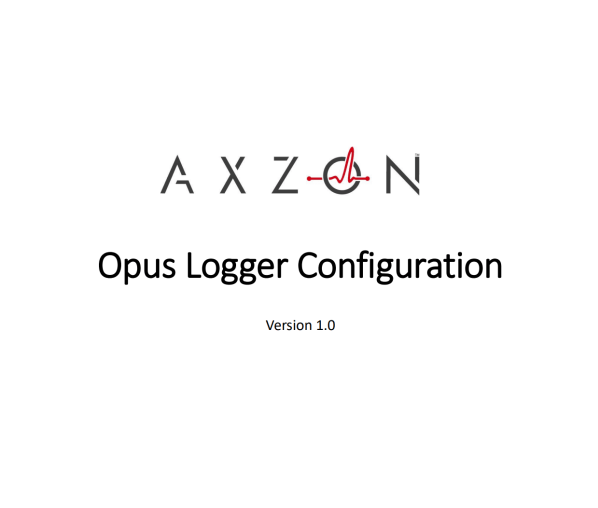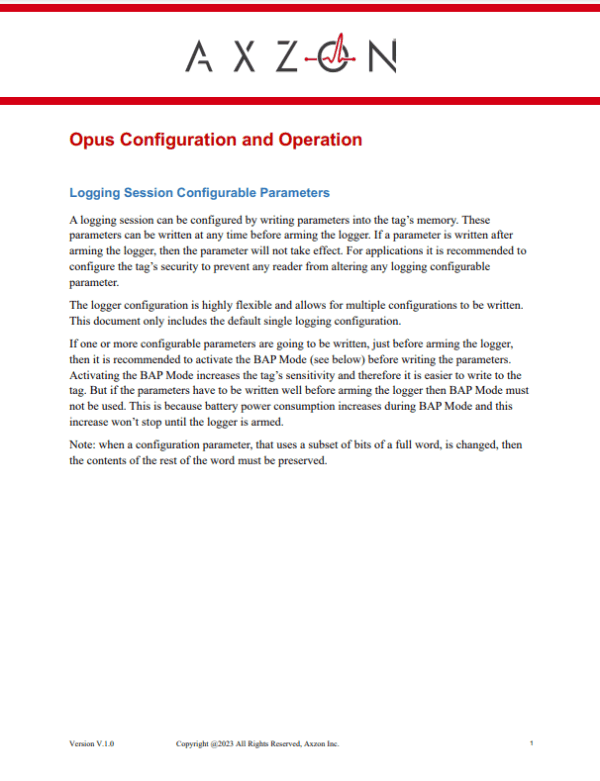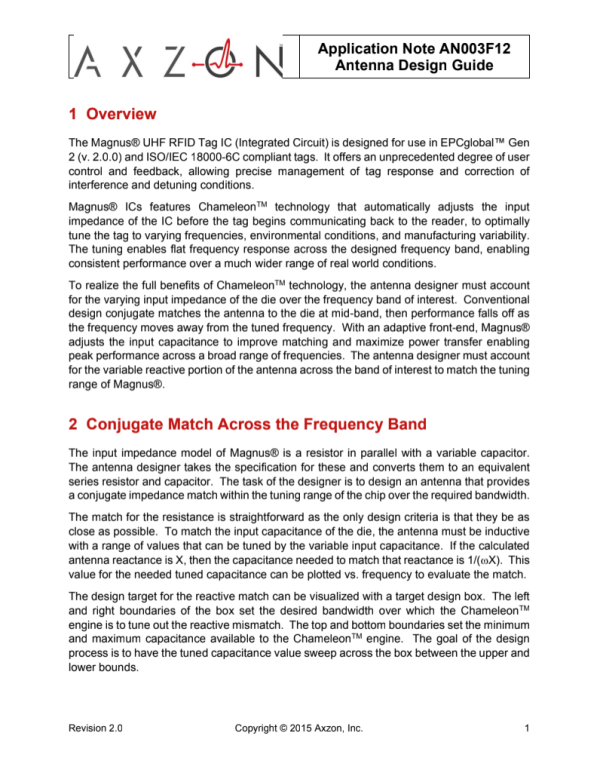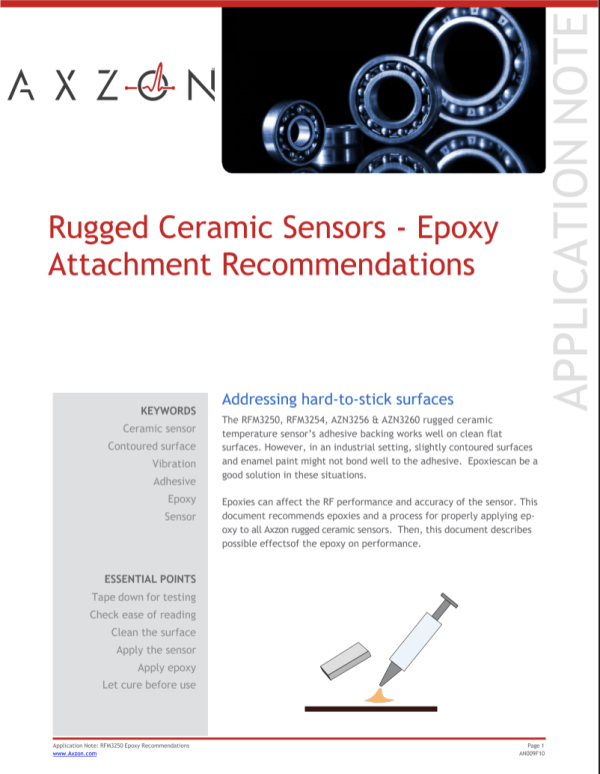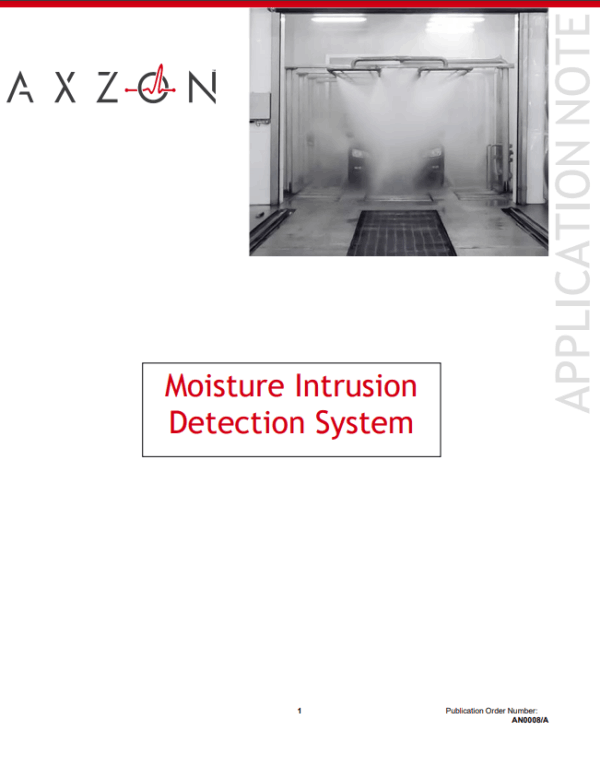Sensor and Temperature Measurements
AN006: Sensor tags based on Magnus®-S produce a Sensor Code which gives information about the sensor tag’s environment. In addition, Magnus®-S3 chips can generate a Temperature Code indicating the chip temperature. To maximize the precision of sensor and temperature measurements, the user should understand and account for effects related to the reader transmission frequency, the amount of power received by the sensor tag, averaging, and command timing. This note describes best practices for maximizing the accuracy of measurements with Magnus®-S.
